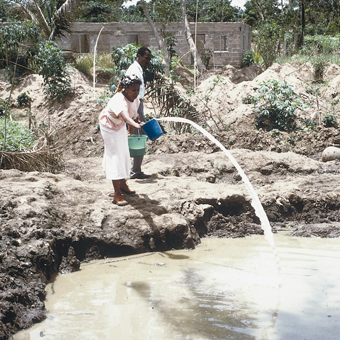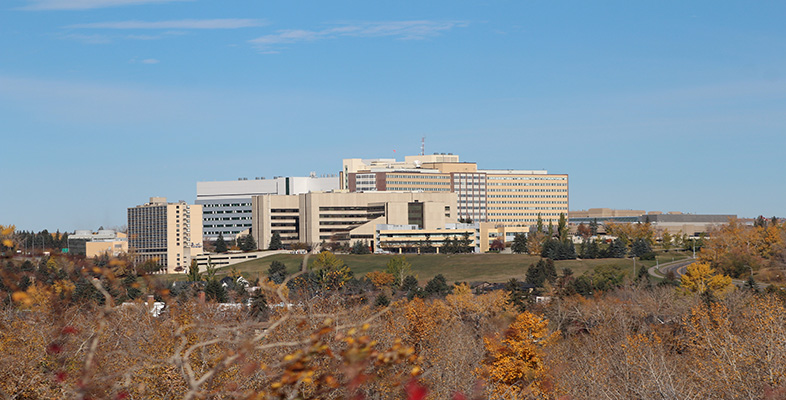5.4.4 Other interventions to support guinea worm eradication
Of course, the most effective way to eradicate guinea worms would be to provide safe drinking water, which would also reduce the risk of many other important infectious diseases that are also endemic in the same geographical areas. Attempts have been made to achieve this aim using both mechanical and chemical means, although both strategies have drawbacks.
Installation of hand-pumps
In the early years of the global eradication campaign, considerable emphasis was placed on improving water quality by drilling boreholes and installing a hand-pump in villages in endemic areas. However, the cost (about US$10 000 each) was unsustainable from government funds, even with aid donations. Also, the pumps need regular maintenance and many have fallen into disuse.
Temephos, a water-treatment chemical
In the 1990s, some additional help in the final stages of an elimination campaign came from the donation of a water-treatment chemical (temephos). This can be added safely to drinking water to kill infected cyclops, provided the volume of water can be accurately measured. At the correct concentration, temephos is harmless to fish and humans, but its application is labour intensive and accurate dosing is a major problem.
Figure 22 illustrates the difficulty of dosing a natural pond effectively, when the water volume can change rapidly with the seasons and the chemical treatment must be repeated at least once a month.

